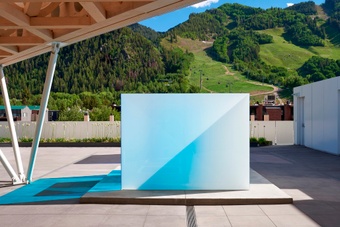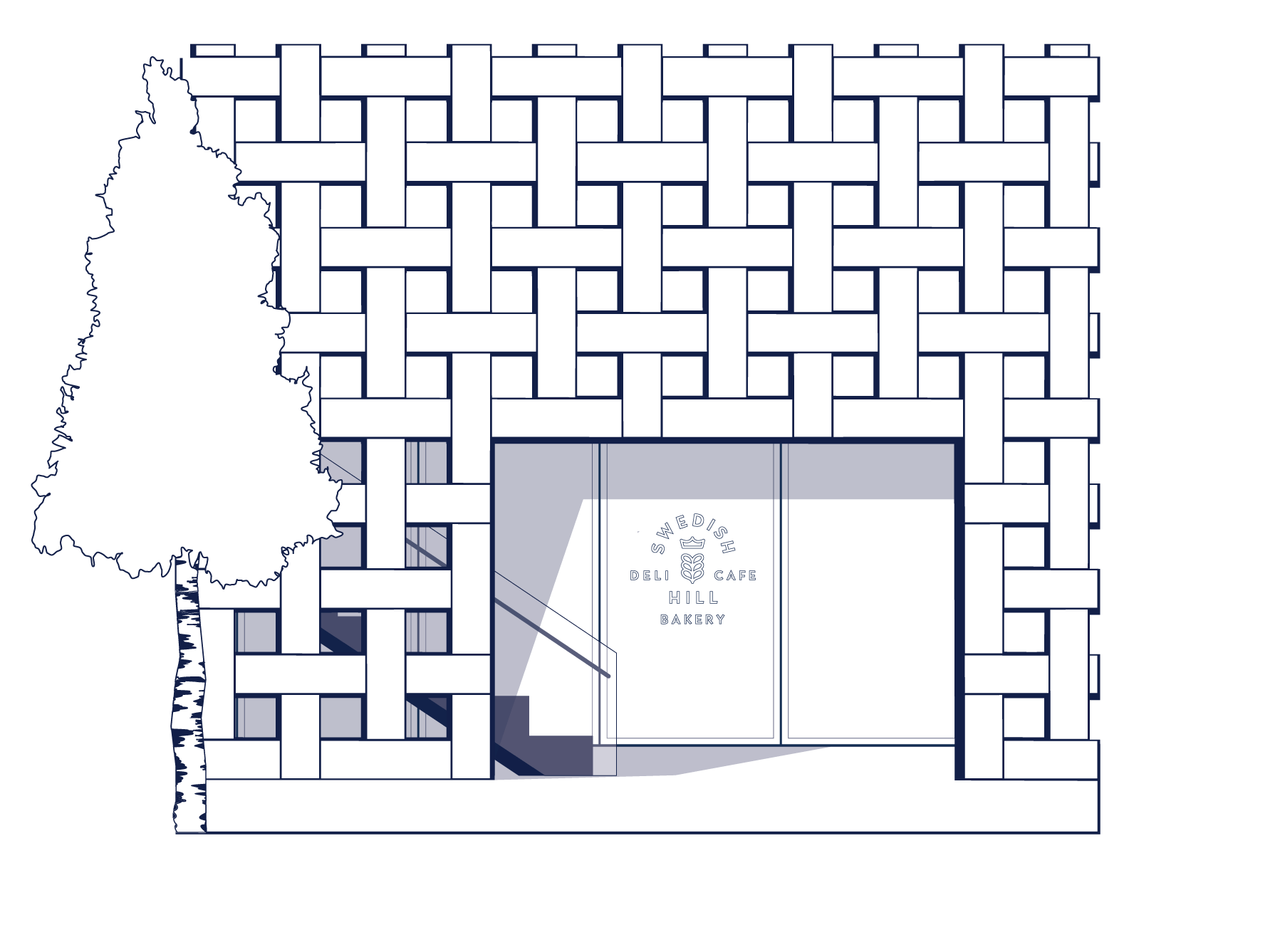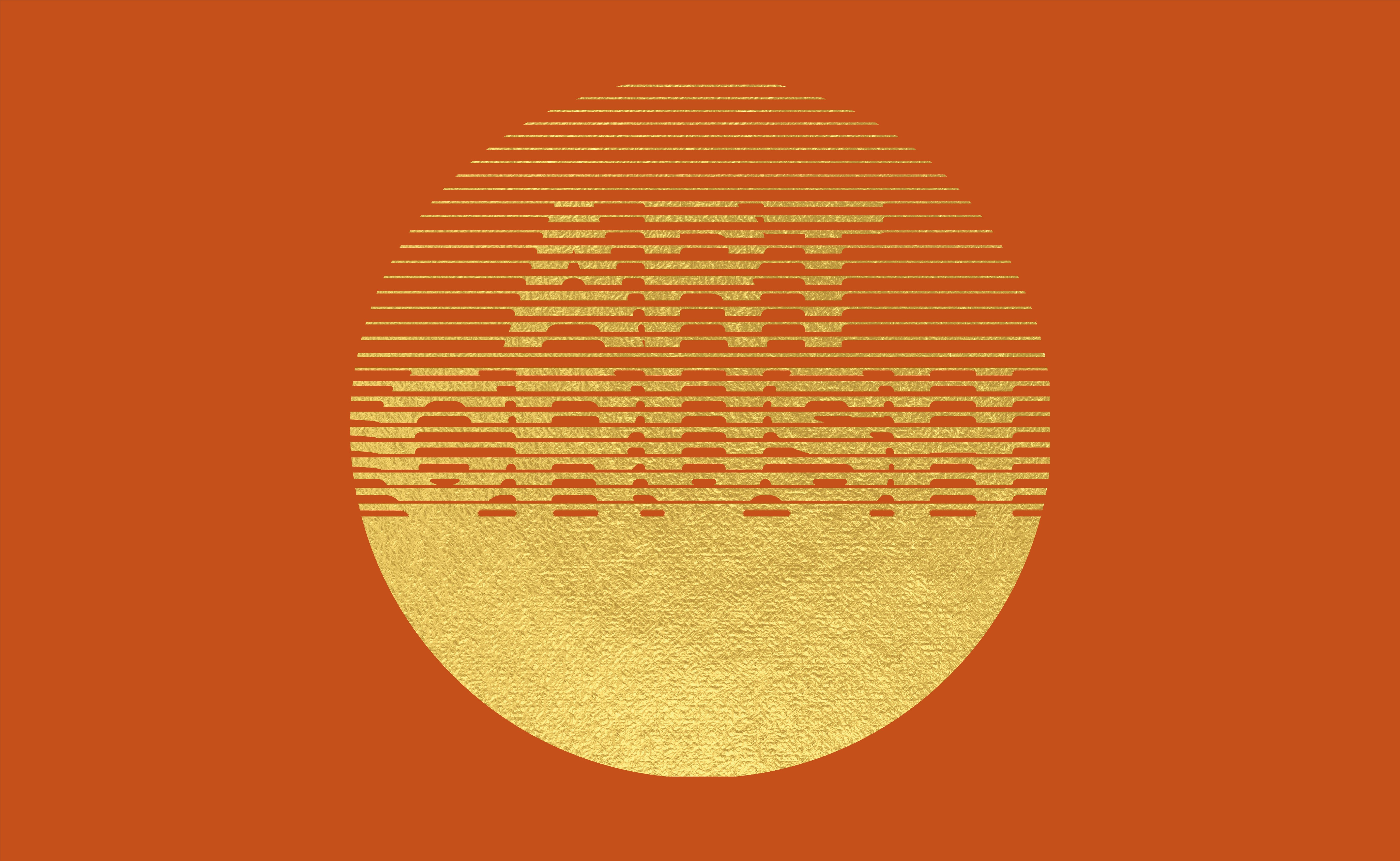Aspen Art Museum
- Join us on May 15 for engaging presentations by our esteemed 2024 Artist Fellowship recipients!
- Categories
- All events
- Talks and Lectures
- Member Events

- For more information on how you can join the AAM, please visit the Street Level Visitor Information Desk, inquire in the Shop, or call 970.925.8050.

- Swedish Hill Café is now open with extended hours from 8 AM–5 PM

- Aspen Art Museum is an artist-founded institution dedicated to supporting artists in the development of bold ideas to shape our museum and the field of art today.
Artists
One of the most innovative artists of the twentieth century, Argentine-Italian artist Lucio Fontana (1899–1968) continually challenged the boundaries of art making and the role of the artist, using a rich vocabulary of material, form, and action. Although best known for his Concetti Spaziale—the spatial environments and slashed canvases he created in the 1950s and 1960s—clay modeling and ceramics have always been central to his process. The beauty of chance and accident, evident from the start in Fontana’s use of ceramics, becomes a strong current in much of the artist’s later work, and some of his first Concetti Spaziale were realized in clay before canvas.
Beginning in the 1930s, Fontana produced a body of baroque ceramic work in which he engaged the problems of both painting and sculpture in innovative and productive new ways. While ostensibly figurative, with subject matter as varied as battle scenes and flowers, these expressive works gain a raw immediacy from Fontana’s vigorous hand modeling as the clay becomes a register of the artist’s process. This direct, forceful manipulation of the purity of the surface also prefigures the violence of the Concetti Spaziale.
Comprising work from the 1940s through the 1960s, Lucio Fontana: Ceramics was the first American museum exhibition dedicated solely to the artist’s groundbreaking ceramic work. The exhibition provided the unique opportunity to reexamine the entire career of this seminal artist through work that, though vitally important to his working methods and pivotal in his trajectory as an artist, has never been accorded the importance it deserves and has rarely been exhibited in the United States.
The exhibition was accompanied by a catalogue featuring texts by Heidi Zuckerman, Paolo Campiglio, Lucio Fontana, and Jan van der Marck.
free courtesy
Amy & John Phelan
- Aspen Art Museum
- 637 East Hyman Avenue
- Aspen, Colorado 81611
- t: 970.925.8050
- f: 970.925.8054
- info@aspenartmuseum.org
| Hours |
|
Tuesday–Sunday, 10 AM–6 PM
Closed Mondays
|
© 2024 Aspen Art Museum
General operating support is provided by Colorado Creative Industries. CCI and its activities are made possible through an annual appropriation from the Colorado General Assembly and federal funds from the National Endowment for the Arts.



General operating support is provided by Colorado Creative Industries. CCI and its activities are made possible through an annual appropriation from the Colorado General Assembly and federal funds from the National Endowment for the Arts.


















